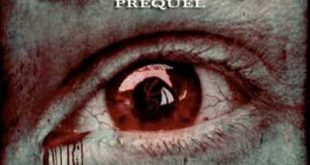

Many times, what the directors do is make the character look around with some small light source (flashlight, cellphone, camera flashes) for a mysterious noise, then turn around right when the suspense reaches its peak. Even if it is, it's not going to have nearly as much impact on a viewer who's been anticipating it for the last minute or so. note Stephen King once said that the actual presence of the "big scary thing" itself tends to be the cause of the letdown - whatever they actually show is unlikely to be worse than what we were expecting. It has been done a million times, and is often poorly executed, ending up with the killer/monster/whatever apparition being less scary than the preceding sequence. The classic version, where the moment serves to build up suspense and tension, until something scary suddenly jumps at you from elsewhere.It often has to do with where the events are happening, generally because said place is inherently scary, but sometimes merely because of the way it is filmed or described. It does so for one simple reason: the creator refuses to show us what's causing this horror, but we desperately wish to know, so imagination fills in the blanks and our minds provide the content, using what the individual considers scary. When properly done, it can result in terrifying moments. This is a Horror trope where fear isn't induced by a traumatic visual element or by a physical threat, but by the sole lack of event.


 0 kommentar(er)
0 kommentar(er)
